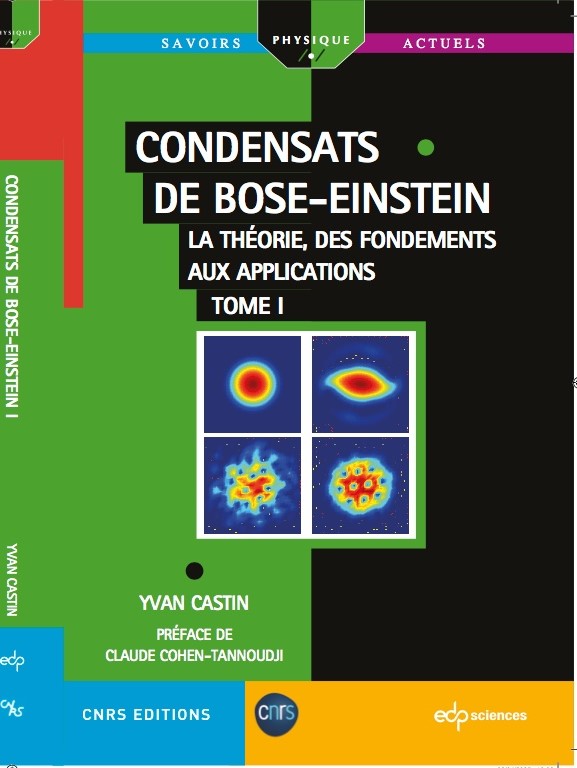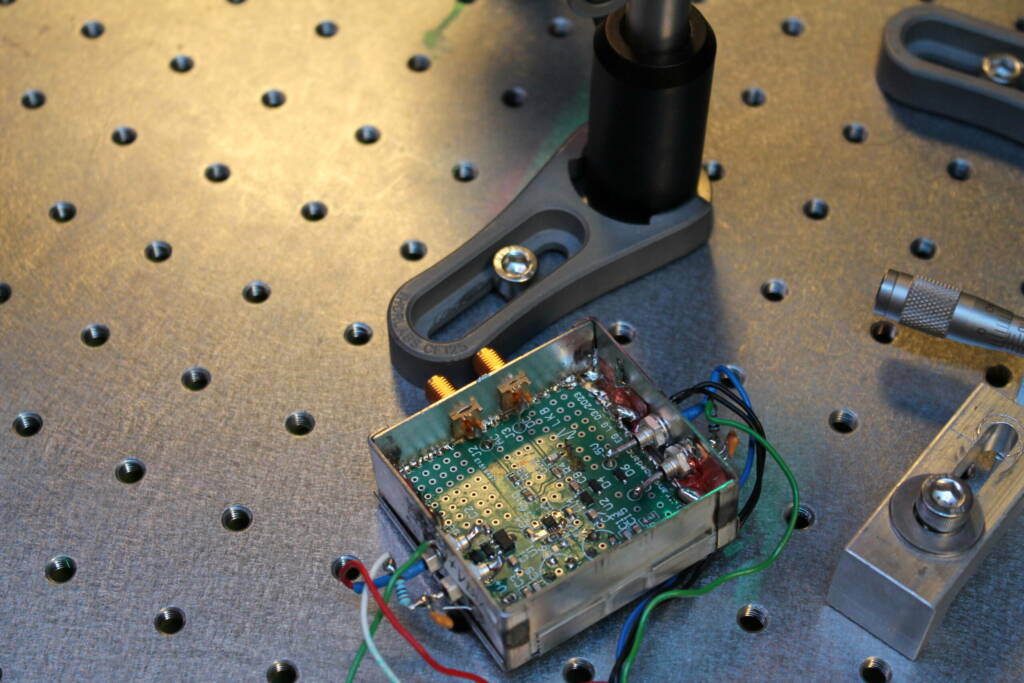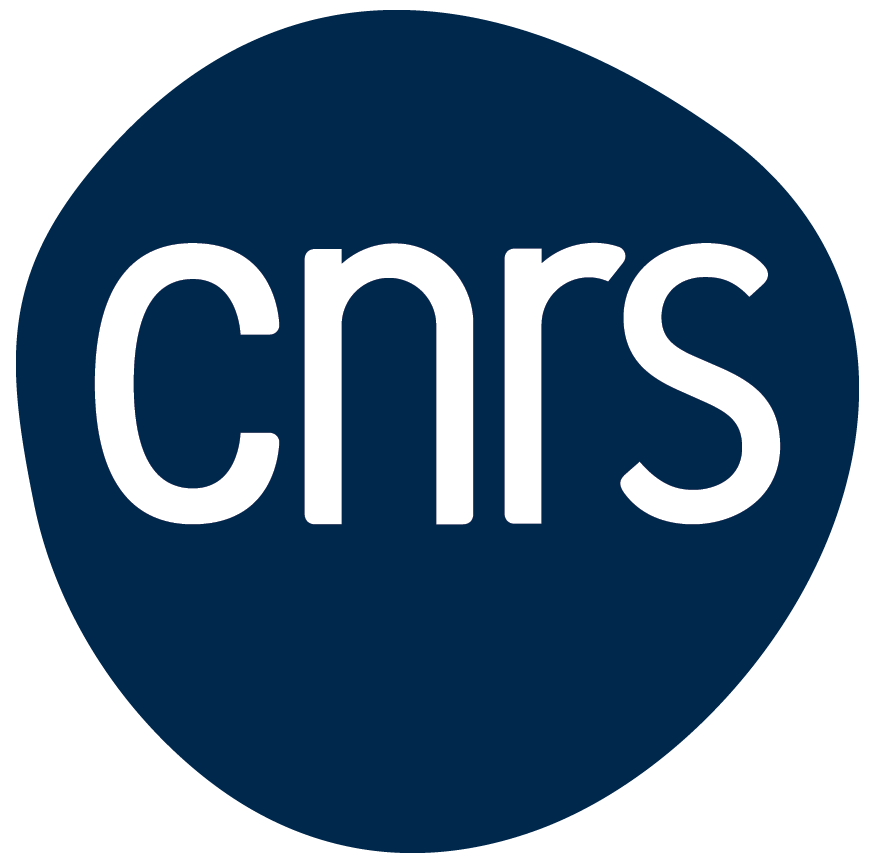- Home
- Laboratory
- Presentation
- News
- Bose-Einstein Condensates – The theory, from foundations to applications
Bose-Einstein Condensates – The theory, from foundations to applications
By Yvan Castin

Predicted by Albert Einstein in 1925 and realized in 1995 in atomic gases cooled to within a millionth of a degree above absolute zero — earning Eric Cornell, Carl Wieman, and Wolfgang Ketterle the 2001 Nobel Prize in Physics — Bose-Einstein condensates represent a highly exotic state of matter: a giant de Broglie wave with a large number of particles occupying the same wavefunction. This grants them unique properties of spatial and temporal coherence, opening up promising avenues for applications, particularly in high-precision quantum measurements.
Accessible from the master’s level, this book — prefaced by Claude Cohen-Tannoudji and published in two volumes by EDP Sciences — methodically develops the theory from first principles, leaving no step unexplained. It addresses topics and applications generally absent from works on quantum fluids, drawing inspiration from quantum optics. The book adopts a formulation aimed at universality, free from the specifics of experimental implementations, in order to highlight general concepts. It also expands on analyses previously published by the author or other researchers, and includes original results as well as a rich bibliography of 370 references.
A former student of the École Normale Supérieure (ENS) Ulm, where he completed his thesis with Jean Dalibard and Claude Cohen-Tannoudji, Yvan Castin is a research director at CNRS. Since 1996, he has been developing the theory of cold bosonic and fermionic gases at the LKB-ENS and has taught advanced quantum mechanics in the second year of the master’s program at ENS. He was awarded the prestigious Jacques Herbrand Prize of the French Academy of Sciences in 2001.
Read also
CNRS Recruitment – Join the LKB
External Recruitment for Researchers (M/F)
Nathan Goldman is among the Highly Cited Researchers
Clarivate list



